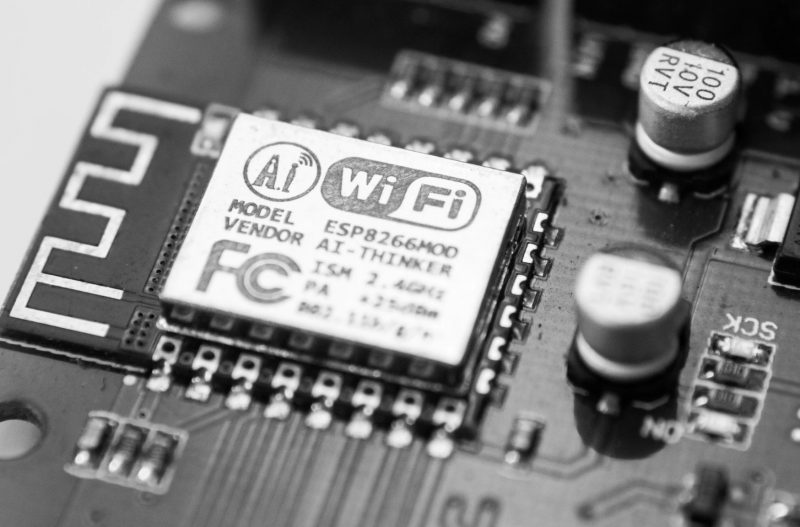Ethernet was invented by an engineer named Bob Metcalfe back in 1973 and made commercially available in 1980. Today, 47 years later, more than 1.2 billion new Ethernet ports are shipped every year. One third of them are wired, two thirds of them are WiFi. Prompting us to look back at the history of WiFi.
It wasn’t until 1997, when 100Base-T (ethernet over twisted pairs) was then a couple years old that engineers began looking at wireless. Defined as 802.11 and largely experimental we were introduced to wireless Ethernet, or WiFi as we know it.

This was quickly followed up two years later, in 1999, by 802.11a. Whereas the first 802.11 operated in the 2.4Ghz band and was only able to deliver around one to two megabits per second, 802.11a moved into the lest congested 5Ghz band. Whilst technically delivering a technical maximum bit rate of 54Mbps, in reality providing closer to 20Mbps.
Moving 802.11a into the relatively unused 5Ghz band gave it a real advantage. An advantage we continue to leverage today with newer, faster technologies. But unlike 2.4Ghz it doesn’t pass through obstacles such as walls quite so well.
As 5Ghz ran well but without the range of 2.4Ghz, the next move was to work to improve performance of the more robust 2.4Ghz band. That gave us 802.11b. Products back in the year 2000, were based on 802.11b. It used a more advanced modulation scheme to deliver a maximum effective bit rate of around 11Mbps. The products were cheap so WiFi began to take off. Since 802.11a operated at 5Ghz, and 802.11b operated at 2.4Ghz, vendors, like BlueSocket were able to create products which would support 802.11a and b – referred to as 802.11a/b.
Three years later, 802.11g delivered a third standard for 2.4Ghz. It managed to deliver the same 54Mbps throughput of 802.11a while operating in the longer range, but more congested, 2.4Ghz band like 802.11b. Just as before, vendors combined the three as 802.11a/b/g.
802.11n then came along and combined everything. Firstly, this introduced MIMO, (Multiple Input Multiple Output) and operated in both 2.4Ghz and 5Ghz bands, combining the benefits of both. As it developed, the available channel bandwidth started to increase from 40Mhz to 80Mhz then 160Mhz. Each jump effectively doubling the available bandwidth.
Following on came 802.11ac. This took 802.11n, widened the channels yet further and introduced Multi-User MIMO in what was called 802.11ac Wave 2.
The emerging standard now is 802.11ax, or WiFi 6. This offers high speeds, better power saving and higher levels of efficiency. But only is both the access point and client device support it – which as yet not many do.
Inspiration for and some elements of this history were taken from grc.com – check out the Security Now! podcast available there for great technology background.
